geotextile
Geotextiles are widely used for soil separation, filtration, reinforcement, protection, retention and drainage.
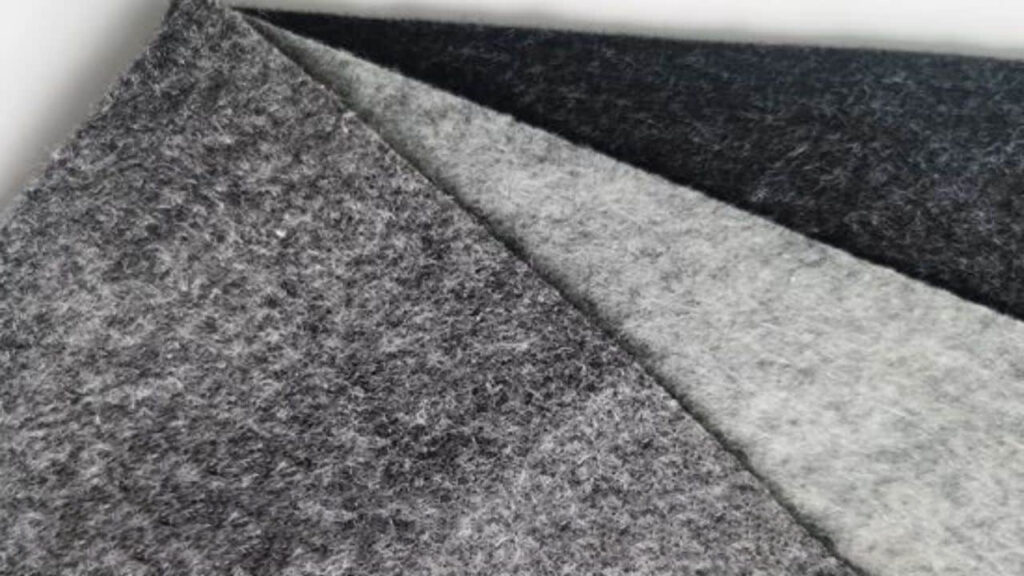
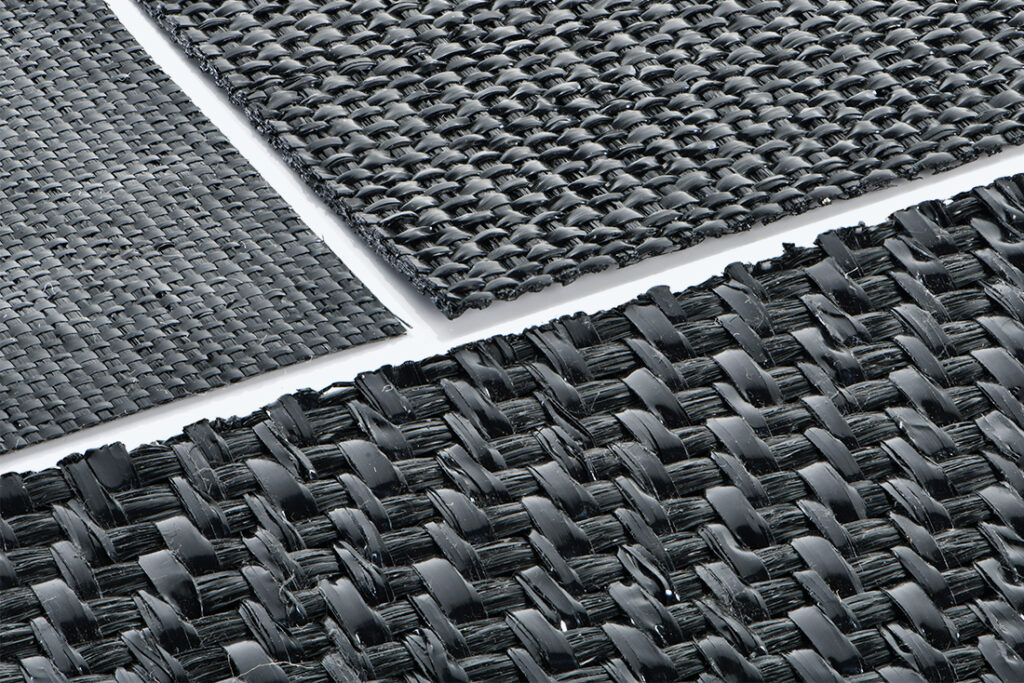
Geotextiles are made from high-quality polymer materials, including polypropylene, polyester, polyethylene or polyamide, which are processed through weaving technology, needle punching technology or some heating methods.
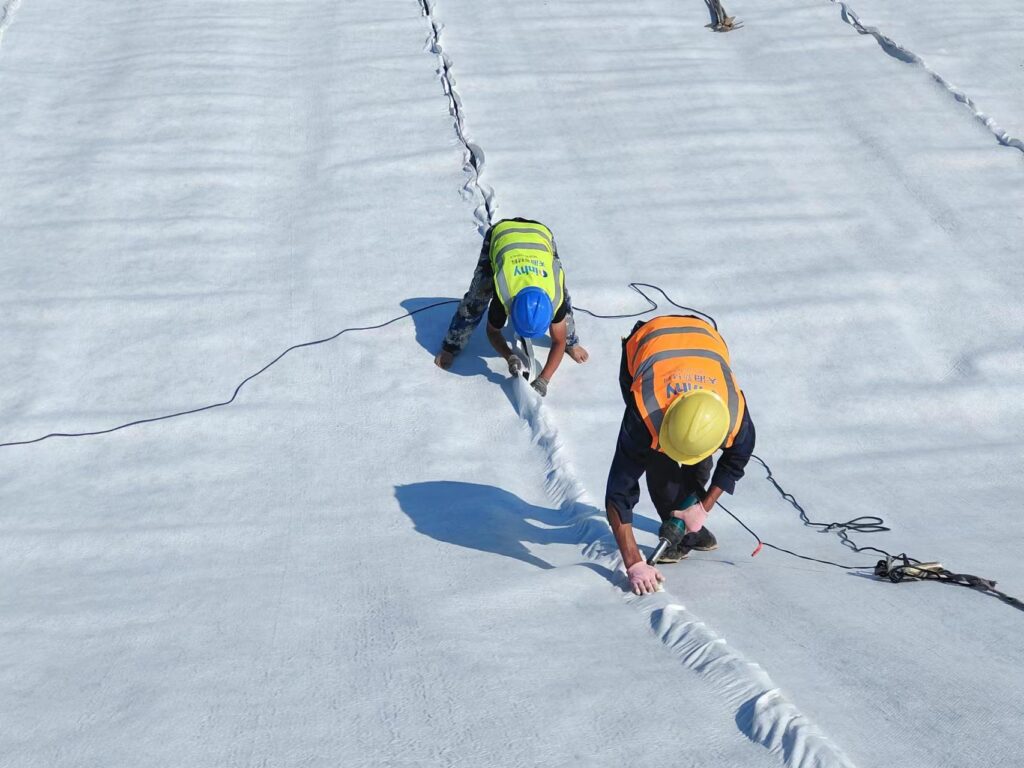
Five characteristics of geotextiles
1. High strength: Geotextile has high strength and wear resistance.
2. Anti-aging: Geotextiles are used for a long time under different environmental conditions and are not easily damaged by sunlight, moisture, chemicals, etc.
3. Drainage performance: The special structure of geotextile can promote the drainage of water and prevent soil erosion and water accumulation.
4. Permeability: Geotextiles can allow moisture and gas to penetrate while preventing particulate matter from passing through, maintaining the stability of the soil.
5. Prevent soil erosion: Geotextiles can effectively prevent soil erosion from water flow, wind erosion and other factors, and protect the stability and integrity of the soil.
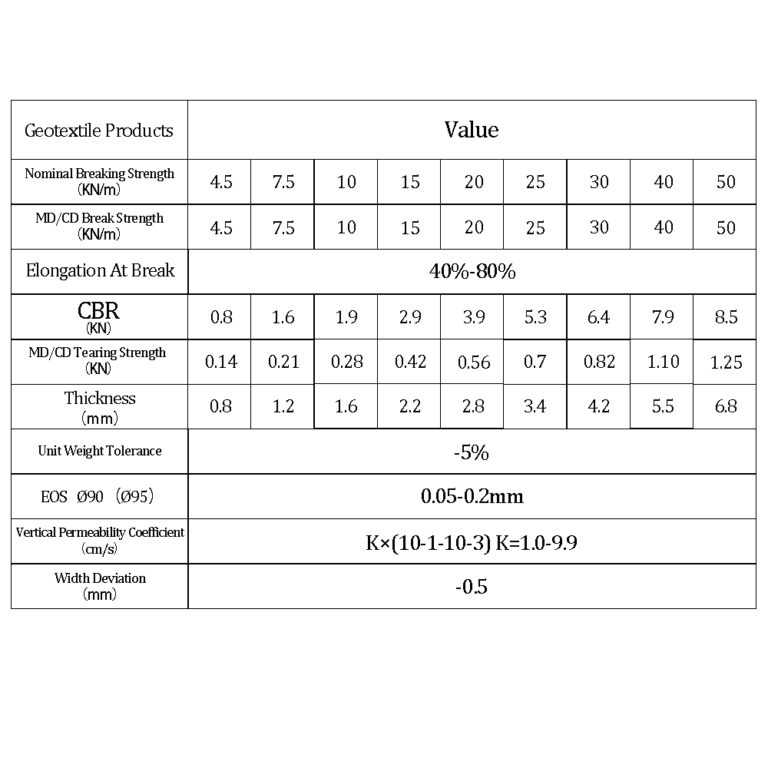
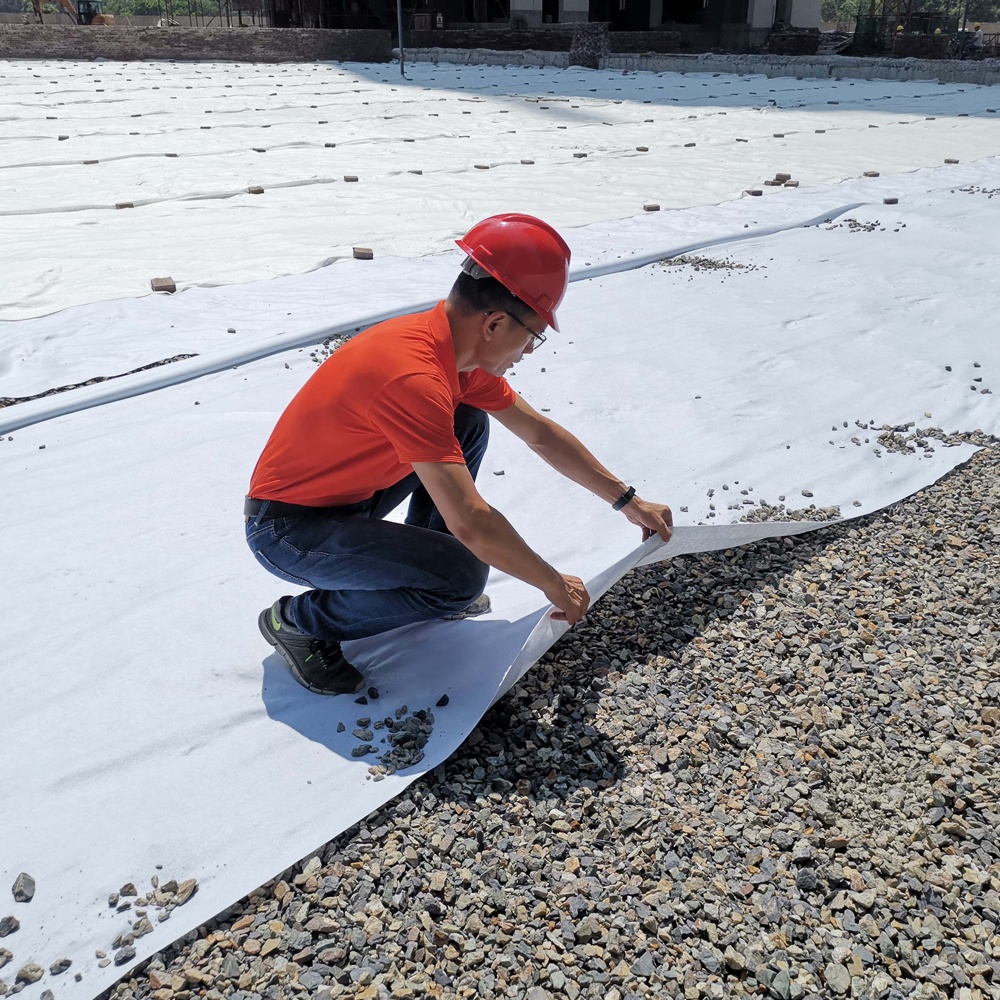
1. About the price of geotextile
Different types of geotextiles, such as polypropylene, polyester, polyethylene, etc., have different prices. High-quality geotextiles are more expensive.
2. Specifications and thickness of geotextile
Geotextiles come in many thicknesses and sizes, and thicker, wider geomembranes will cost more.
3. Types of geotextiles
Geotextiles can be divided into: non-woven geotextiles, knitted geotextiles, woven geotextiles, etc.
Geotextile Density | Price Period |
100g/m2 | $0.1-$0.15 |
200g/m2 | $0.2-$0.3 |
300g/m2 | $0.3-$0.4 |
400g/m2 | $0.5-$0.6 |
500g/m2 | $0.6-$0.7 |
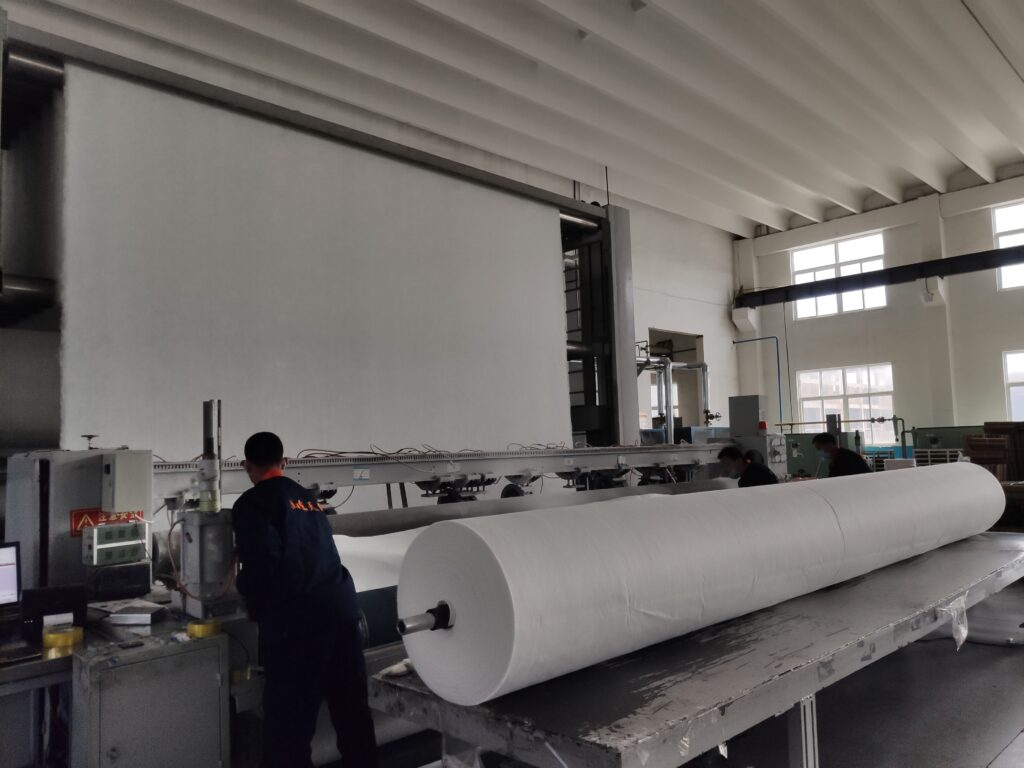
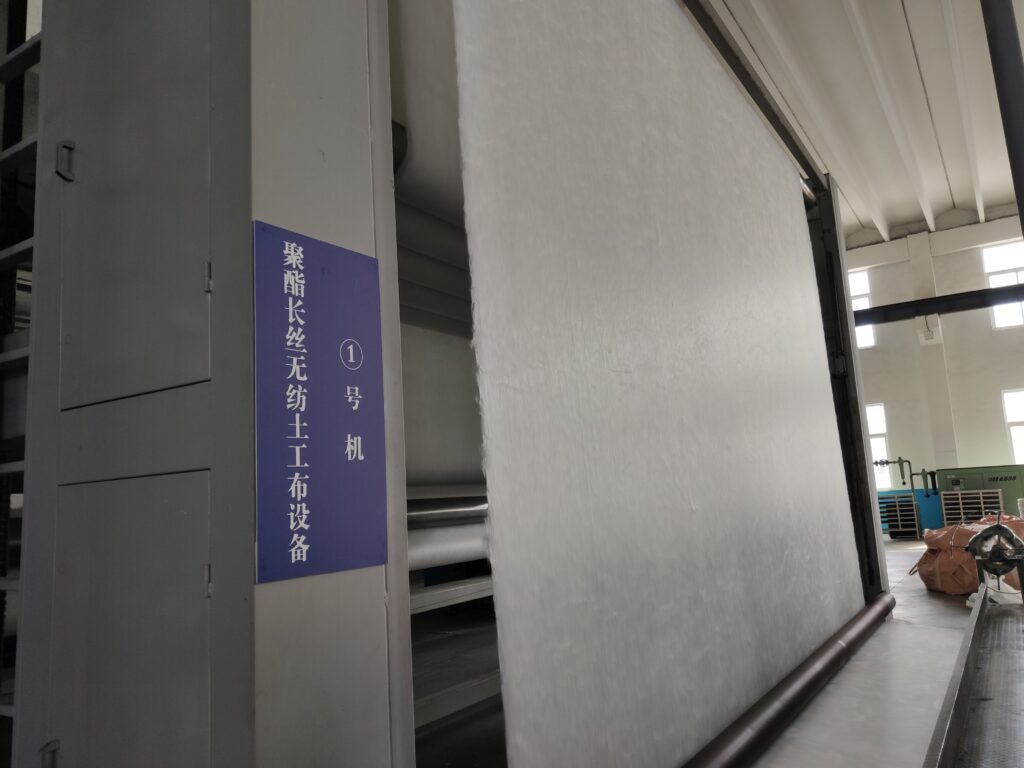
Geotextile installation process
1. Determine the application scenarios of geotextiles, determine the specifications and thickness of geotextiles
2. Clean and level the project site to ensure that there are no sharp objects or other obstacles on the land surface that may damage the geotextile.
3. Lay the geotextile according to the design requirements and layout plan, straighten the geotextile to avoid wrinkles and wrinkles, and ensure that it fits the ground flatly.
4. Fix the edges and seams of the geotextile. If multiple geotextiles are connected, other connection methods such as hot melting and sewing can be used.
5. After the laying is completed, conduct construction inspection to ensure that the geotextile coverage is complete, the fixation is reliable, and there is no obvious damage or defect.
FAQ
Q: Why use geotextile?
A: Geotextiles can solve some land engineering and soil protection problems.
Q: How to choose geotextile?
A: Choose the appropriate geotextile based on usage scenarios, engineering drawings, and specifications.
Q: Can geotextile drain water?
A:Geotextile can be used as a filter layer to prevent soil particles from being washed away by water while allowing water to pass through.
